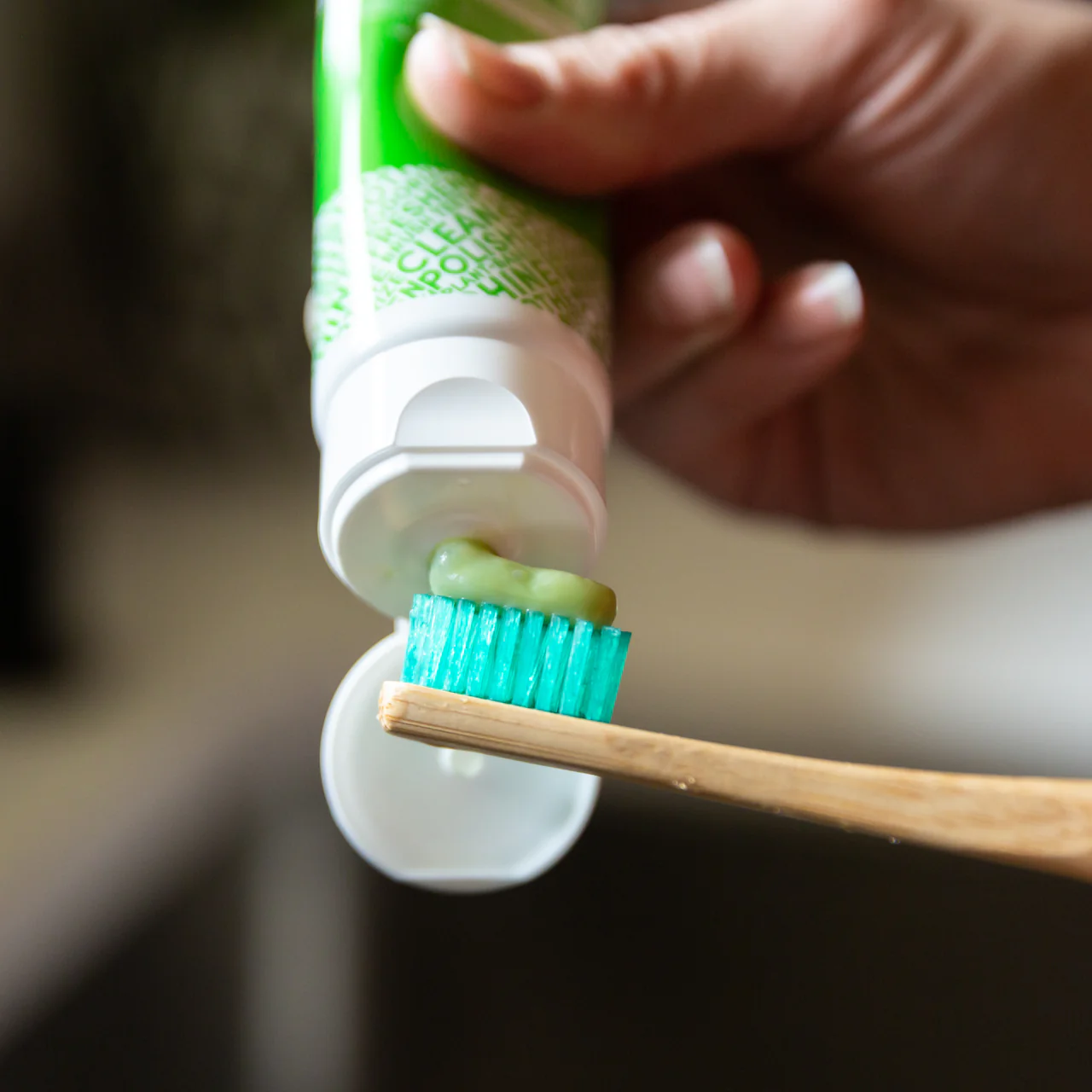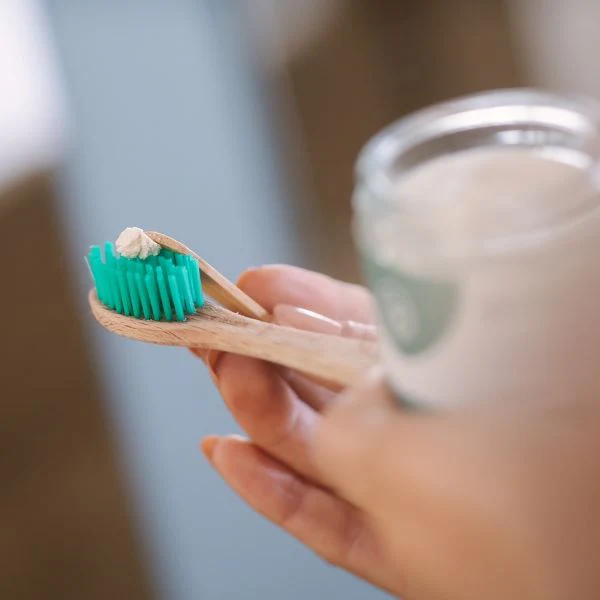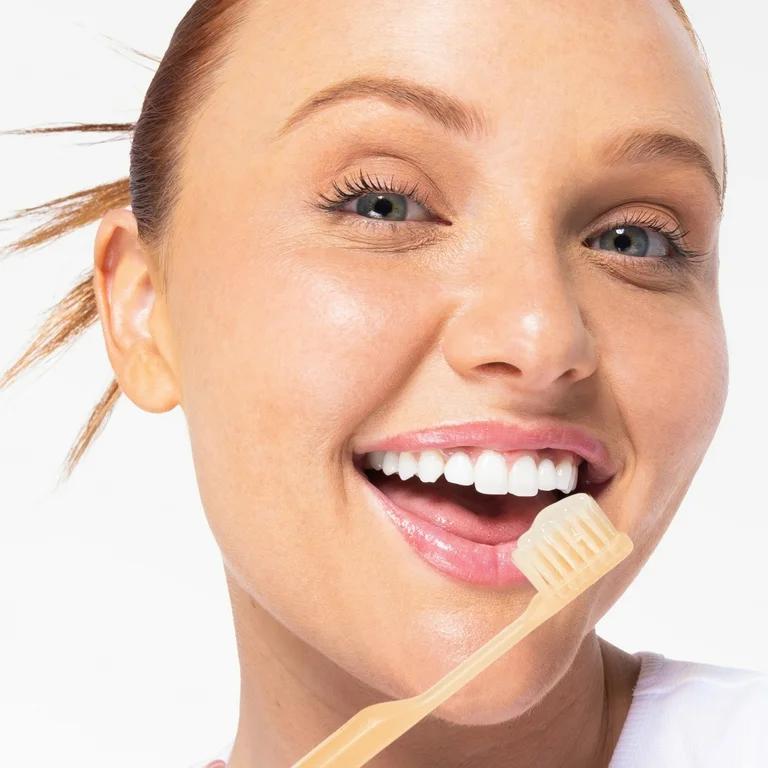
Guidelines to Toothpaste Use Post Wisdom Tooth Surgery
Introduction
Removing wisdom teeth can be a necessity for many individuals. The extraction process requires careful post-operative care, which includes managing your oral hygiene. One common question that arises after surgery is when to resume the use of toothpaste. This concern is valid, considering the delicate nature of the extraction site. When can I use toothpaste after wisdom tooth extraction?Clearly understanding when and how to reintroduce toothpaste into your dental routine can aid in healing.
It is crucial to follow your dentist’s instructions to prevent complications. In this guide, we will discuss the importance of wisdom teeth removal, the extraction procedure, and offer detailed guidance on post-extraction care, particularly the use of toothpaste. Our goal is to provide you with the knowledge needed for a smooth and rapid recovery.

Importance of Wisdom Tooth Extraction
When it comes to dental health, sometimes removing wisdom teeth is necessary. When can I use toothpaste after wisdom tooth extraction? This removal can help prevent future dental problems.
Reasons for Wisdom Teeth Removal
There are several reasons why dentists might suggest taking out your wisdom teeth:
- These teeth might grow in at the wrong angle, which could crowd or damage other teeth.
- If there isn’t enough space in your mouth for them, they might get stuck in your jaw and not be able to break through your gums.
- Trapped wisdom teeth can lead to gum disease and cavities because they are hard to clean.
- Sometimes cysts can form around the new teeth. If they aren’t treated, they can hollow out your jaw and harm the nerves of your healthy teeth.
Benefits of Proactive Wisdom Tooth Extraction
Removing your wisdom teeth before problems start has its advantages:
- It often leads to a smoother recovery compared to removal because of issues.
- It can prevent the misalignment of your other teeth.
- By getting out these teeth early, you may avoid more serious problems like infection or cysts.
- Taking out these teeth can also stop any pain or discomfort they may be causing.
It’s important to talk with your dentist about whether getting your wisdom teeth out is the right step for you.
Wisdom Tooth Extraction Procedure Overview
Wisdom teeth removal is a common dental surgery. When can I use toothpaste after wisdom tooth extraction? This surgery can prevent future dental issues such as crowding, infections, or cysts.
Anesthesia and Comfort During the Procedure
Before the extraction starts, your dentist will ensure you’re comfortable. They may use local anesthesia, sedation, or general anesthesia. This helps to reduce pain and anxiety during the process.
Step-by-Step Extraction Process
The dentist will first numb the area around your wisdom teeth. They may make incisions in the gum to reach the tooth. If necessary, they might cut the tooth into smaller pieces. The tooth is then carefully removed. Stitches may be used to close the gum. A gauze pad is placed to control bleeding and aid in clot formation. After the procedure, your dentist will give you specific instructions for care.

Post-Extraction Care and Healing
Care after wisdom tooth surgery is key for a quick recovery. When can I use toothpaste after wisdom tooth extraction?It prevents issues and promotes healing. Knowing what to do during the initial healing phase is crucial. It sets the stage for a smooth and safe healing process.
Initial Healing Phase
The first phase is vital after wisdom teeth are taken out. Rest is crucial, and you should follow your dentist’s advice closely. Don’t rinse or spit forcefully. Doing so can dislodge the blood clot that forms in the socket. This can cause pain and slow healing. Instead, keep the area clean with gentle saltwater rinses after the first day. Use one half teaspoon of salt per cup of warm water. Swish gently, then let the water fall from your mouth.
Blood Clot Formation and Protection
A blood clot in the socket is a natural bandage for your gums. It’s essential for healing. To make sure the clot stays put, don’t use straws or smoke. Also, avoid chewy or hard foods. If teeth near the socket hurt, it may be from swelling or the clot pressing on nerves. These sensations should get better each day. Call your dentist if pain worsens or doesn’t fade.
Lastly, don’t skip follow-up appointments. They let your dentist check on healing. Stick to the care routine they suggest, and you’ll be on your way to recovery.
Guidelines for Using Toothpaste After Extraction
When can I use toothpaste after wisdom tooth extraction?After wisdom tooth removal, it’s important to take special care when returning to your dental routine. Here’s what you should know about using toothpaste post-extraction.
Recommended Waiting Period Before Toothpaste Use
It’s generally advised to avoid toothpaste for at least 24 to 48 hours after removing your wisdom teeth. This waiting period helps protect the blood clot in the extraction site, promoting healing. Once this time has passed, you can gently start using toothpaste again.
Selection of Appropriate Toothpaste
Choosing the right toothpaste after wisdom tooth surgery is key. Opt for a mild, non-abrasive toothpaste. Avoid whitening formulas and strong flavors that might irritate your gums. A fluoride toothpaste can help keep your teeth strong during recovery.
Techniques for Safe Brushing
When you start brushing again, use a soft-bristled toothbrush and go easy on the extraction site. Gently brush the rest of your teeth, and take care not to poke or scrub the healing area. Rinse with warm salt water after brushing to clean the site without harsh chemicals.

Do’s and Don’ts of Oral Hygiene Post-Surgery
Maintaining good oral hygiene after wisdom tooth extraction is crucial. Follow these tips to promote healing and avoid complications.
Do?s: Tips for Promoting Healing
- Start saltwater rinses the day after surgery to keep the area clean.
- Use a soft-bristled toothbrush when resuming brushing, avoiding the extraction site.
- Apply ice to your cheeks to reduce swelling as advised by your dentist.
- Consume soft foods that require minimal chewing to avoid disturbing the socket.
- Stay hydrated by drinking plenty of water, helping the mouth recover faster.
Don’ts: Actions to Avoid for Optimal Recovery
- Don’t brush the extraction site directly for at least 24-48 hours.
- Steer clear of toothpaste with abrasive ingredients or strong flavors initially.
- Avoid using mouthwash with alcohol, as it may irritate the extraction site.
- Refrain from smoking or using straws; they can dislodge the healing blood clot.
- Don’t skip your follow-up appointments; they ensure proper healing and care.
Additional Post-Operative Care Tips
After undergoing wisdom tooth extraction, it is not only crucial to manage your oral hygiene but also to address overall post-operative care.When can I use toothpaste after wisdom tooth extraction? This includes managing pain, addressing your dietary needs for recovery, and adhering to follow-up care instructions from your dentist. By paying attention to these aspects, you can facilitate a smoother and more comfortable recovery process.
Managing Pain and Swelling
To manage pain after surgery, take prescribed painkillers as directed by your dentist. Avoid taking medications on an empty stomach to prevent nausea. Apply ice packs to the outside of your cheek in 20-minute intervals to help reduce swelling. Keep your head elevated, especially during the first couple of days, to reduce inflammation.
Diet and Nutrition After Surgery
After your surgery, your mouth will be sensitive. Start with a liquid diet and then transition to soft foods that require minimal chewing. Focus on nutritious options like smoothies, soups, and yogurt. Steer clear of spicy, hard, or chewy foods that can irritate the surgical site or get lodged in the extraction socket. Ensure you stay hydrated by drinking plenty of water.
Follow-Up Appointments and Ongoing Care
Attend any scheduled follow-up appointments with your dentist. These visits are essential to monitor the healing process and identify any potential issues early on. Follow any additional care instructions given by your dental professional. Adhere to any restrictions on activities like exercising, as recommended by your dentist, until they give the all-clear.
By following these tips, along with your dentist’s advice, you’re on the right track towards a swift and smooth recovery, reducing the risk of complications, and promoting long-term oral health.

Conclusion
After discussing the intricacies of post-wisdom tooth extraction care, the paramount importance of adhering to your dentist’s advice cannot be overstated. It’s essential to appreciate that each recommendation is tailored to protect the extraction site and optimize your recovery. By following clear guidelines on when to resume using toothpaste and how to care for your oral health post-surgery, you support the healing process and contribute to your overall wellbeing. Remember that your dentist’s instructions serve as a roadmap for a smooth transition back to normalcy. With their guidance, you can navigate through the healing journey confidently, ensuring that your mouth remains healthy and that you avoid potential complications.
Emphasizing the Importance of Following Dental Advice
The journey to recovery post-wisdom tooth removal demands strict adherence to dental advice. Whether it’s about when can i use toothpaste after wisdom tooth extraction or proper nutrition, your dentist’s recommendations are your beacon. It’s crucial to follow the provided instructions for oral hygiene, pain management, and diet. Do not underestimate these directives as they are instrumental in a faster, more comfortable recovery. Thus, keep open lines of communication with your dental team and dutifully attend all post-operative check-ups to ensure the best outcomes for your oral health.

